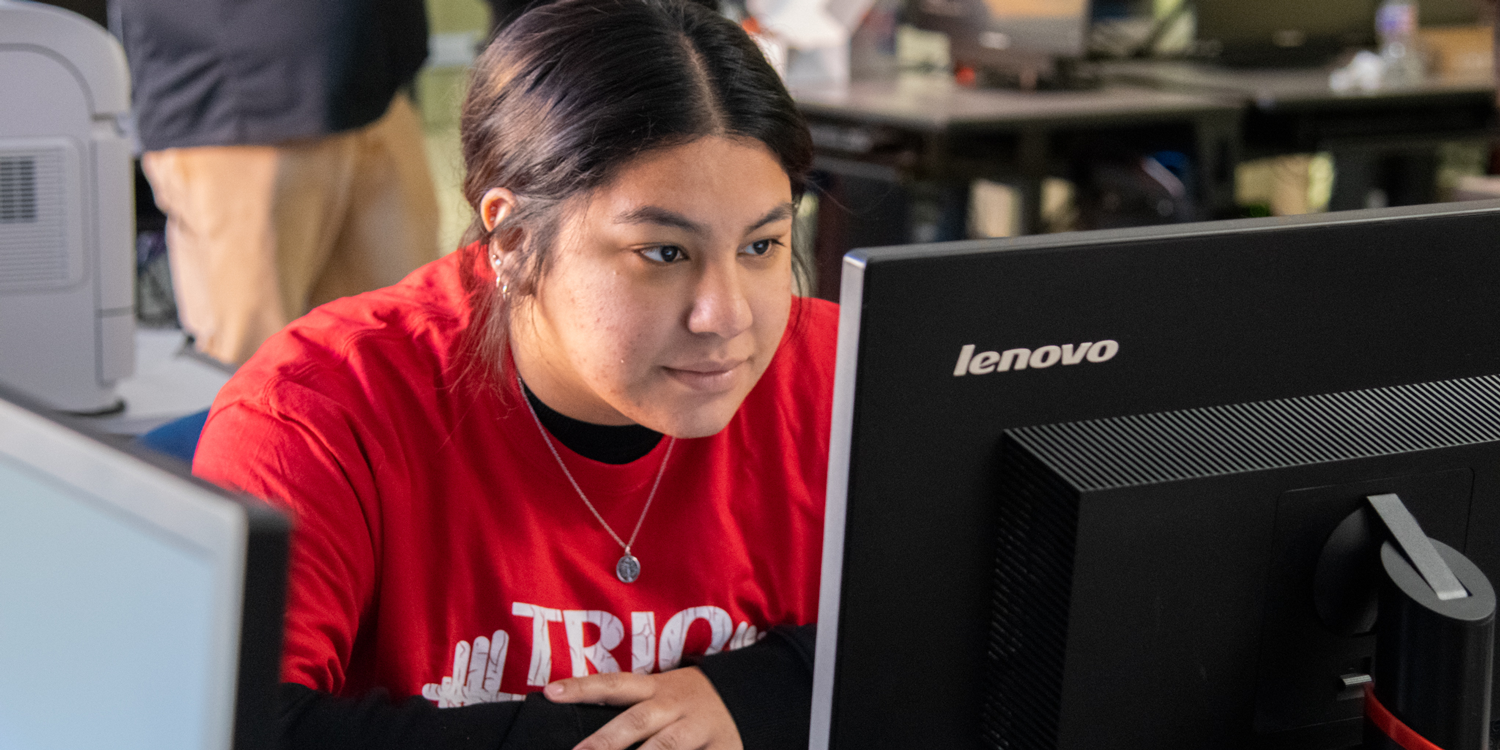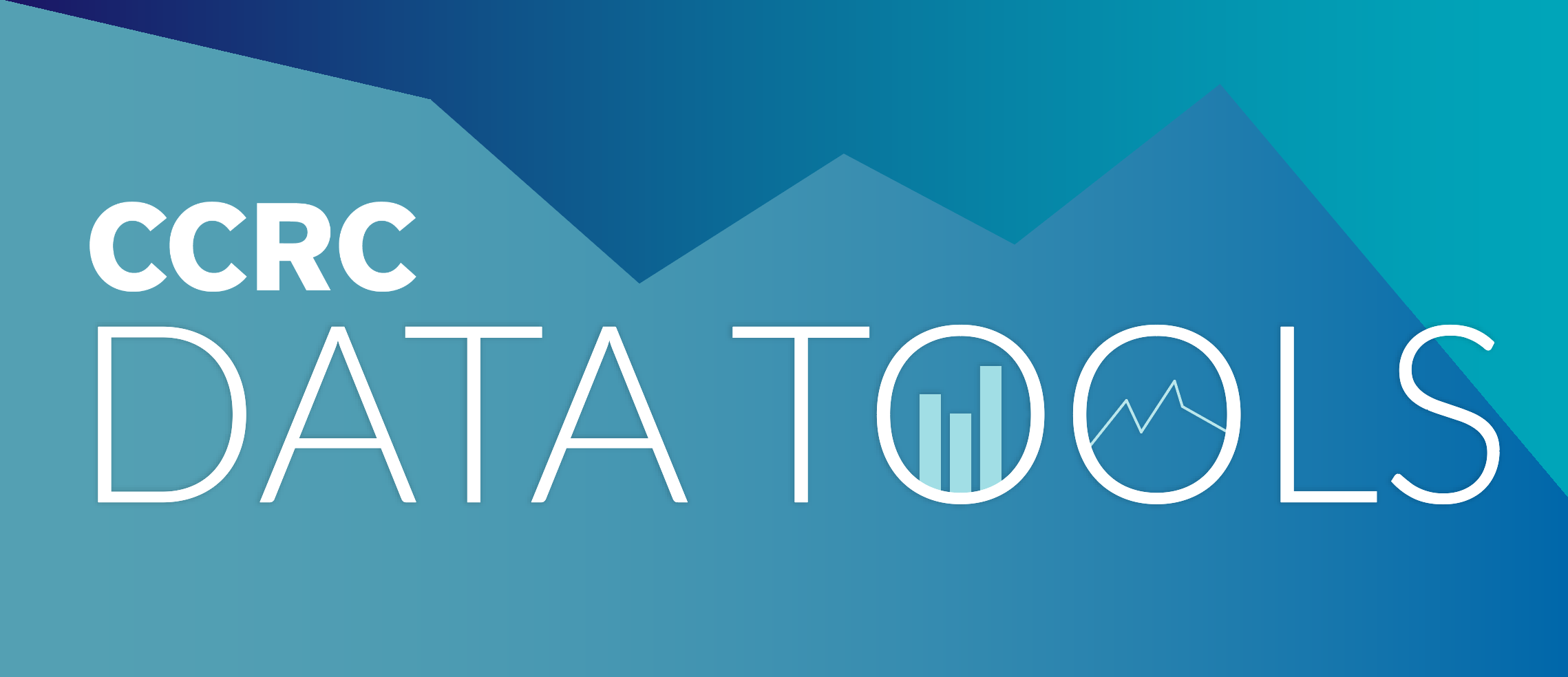By Akilah H. Thompson
It’s been five years since the COVID-19 pandemic began, and despite the widespread feeling that the pandemic is in the past, students enrolled in online classes are still reporting a lack of social connection and feelings of isolation—similar to the early days of the pandemic, when much of higher education abruptly transitioned to online learning.
As online courses have remained prevalent, particularly in community colleges, instructors and students alike have had to adapt their teaching and learning styles, figure out how to avoid distractions, and navigate wavering motivation and mental health, all while trying to show up in front of a camera. It’s especially hard when everyone is a digital stranger: Students only see the bland font of another student’s name and duplicates of a generic icon on their screens.
I was a transfer undergrad at New York University when the pandemic disrupted my schooling, and my classes were shifted online. The scuffing noises of chairs being dragged around by my classmates as they settled in were replaced by my family’s apologetic hushes when they accidentally opened my bedroom door mid-class. I no longer felt like a real student. Everyday classroom constants were no longer the norm. I was always a click away from pressing “video off” because of how unmotivated and disconnected I felt in my classes.
Today, I’m a senior research assistant at CCRC working with the Postsecondary Teaching with Technology Collaborative. In a recently released brief and webinar, my colleagues and I shared strategies to help students feel more engaged, confident, and human in their online courses. Below, I draw on lessons from our research, as well as my own experiences, to offer strategies for making students’ online learning experiences more helpful and engaging:
- Build in opportunities from the start of the course for students and instructors to talk about themselves. Start with a welcome activity, prompting students to share their stories. They could talk about the courses they’re taking, how they feel about themselves as students in this class, or what types of support they need to make their online learning experience easier.
- Make it relevant by inviting students to connect the content they are learning in class to their knowledge outside of the classroom. While easier said than done, highlighting the relevance of your coursework is so important. It could be as simple as explaining, for example, how managing their weekly study time for their biology class will be a great skill for their personal and professional endeavors. Students find it helpful when they can apply what they are learning to their own lives.
- Connect, connect, connect by building a personal and collaborative learning community. Discussion boards: We’ve heard time and again how tedious they can be. Students want to respond meaningfully to their peers and instructors, not just write to two of their classmates by Tuesday night with the handy, “I agree with your response!” They want that opportunity to see what other students are interested in and how they understand the concepts they are learning in class. Instructors should use peer engagement activities (such as group assignments, study groups, and yes, even discussion boards) to create space for students to explore their confusion and teach one another, all while fostering some personal connections.
- Stay in touch by checking in with each student. Students hope instructors can offer support or compassion when they get burned out or life takes an unexpected turn. This takes energy and time that not all instructors or students have. However, providing brief messages of encouragement and showing care and understanding can be helpful.
Despite the sudden shift, taking my classes online at NYU made it possible for me to connect with some of my instructors on a deeper level. They took the time to respond to the long-winded emails I sent once I finally—finally—mustered up some courage to express that my very human experiences and emotions were making my life as a student much harder. My instructors reminded me that I was not a bother for reaching out; some even shared how my experiences had been similar to theirs.
My experiences as a student and our recent research show that instructors’ empathy and compassion have a meaningful impact on students. In these unpredictable times, those few encouraging words that let students know you are there for them—whatever state they are in—can make a difference.





